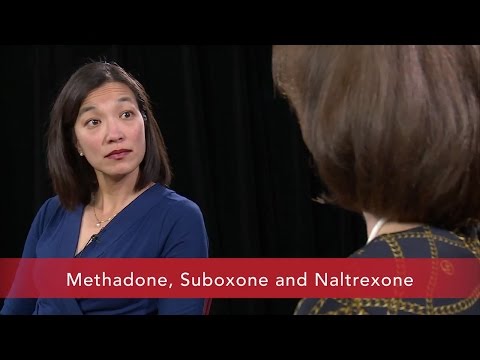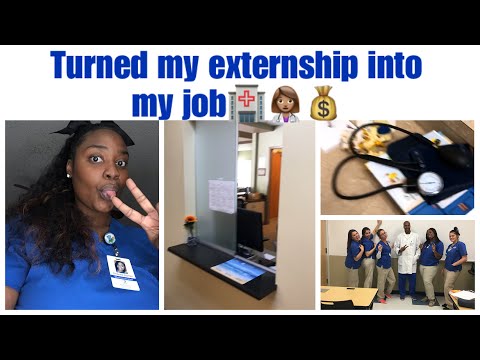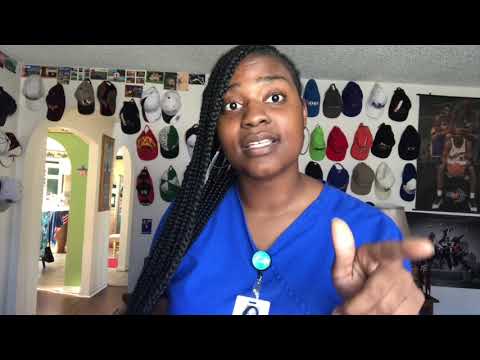Medically Assisted Treatment for Opioid Addiction
Contents
Looking for information on medically assisted treatment for opioid addiction? This blog has everything you need to know, from the different types of treatment available to the benefits and risks of each.
Checkout this video:
Introduction to Medically Assisted Treatment (MAT) for Opioid Addiction
Medically assisted treatment is the use of FDA-approved medications, in combination with counseling and behavioral therapies, to provide a “whole-patient” approach to the treatment of substance use disorders.
MAT for opioid addiction is designed to reduce the risks associated with opioids, including overdose and death, while people are receiving treatment for their addiction. The medications used in MAT (methadone, buprenorphine, and naltrexone) all work by binding to the same receptors in the brain as opioids, but they do so in different ways.
Methadone is a long-acting synthetic opioid that is taken daily as a liquid or tablet. It reduces withdrawal symptoms and cravings without causing the “high” associated with other opioids. Buprenorphine is a partial opioid agonist that comes in a sublingual tablet or film that is placed under the tongue once daily. Naltrexone is an opioid antagonist that is available as an injection or implantable pellet that is taken once monthly.
MAT for opioid addiction is proven to be effective in reducing the risk of overdose and death, and it can help people who are struggling with addiction to regain control of their lives.
The Benefits of MAT
There are many benefits to using medically assisted treatment (MAT) for opioid addiction. MAT can help people reduce their use of opioids, decrease their risk of overdose, and improve their overall health. MAT can also help people reconnect with their families and communities.
The Risks of MAT
Medically assisted treatment, or MAT, is a promising tool in the fight against opioid addiction. However, there are some risks associated with this type of treatment that should be considered before beginning a course of MAT. These risks include:
1. Potential for abuse and dependence: as with any other medication, there is a potential for abuse and dependence when taking medication for opioid addiction. It is important to be under the care of a physician who can closely monitor your progress and ensure that you are taking the medication as prescribed.
2. Withdrawal symptoms: While MAT can help to lessen the severity of withdrawal symptoms, it is possible to experience some withdrawal symptoms when discontinuing use of the medication. It is important to be under the care of a physician when discontinuing use of MAT so that any withdrawal symptoms can be managed appropriately.
3. Adverse effects: As with any other medication, there is a potential for adverse effects when taking medication for opioid addiction. Some of the most common adverse effects associated with MAT include nausea, vomiting, dizziness, drowsiness, and constipation. These effects are usually mild and resolve on their own; however, if they become severe or persistent, it is important to contact your physician.
4. Drug interactions: There is a potential for drug interactions when taking medication for opioid addiction. It is important to inform your physician of all medications that you are taking in order to avoid any potentially harmful drug interactions.
The Different Types of Medications Used in MAT
There are three primary medications used in Medically Assisted Treatment (MAT) for opioid addiction: methadone, buprenorphine, and naltrexone. Each of these medications work in different ways to manage withdrawal symptoms and cravings, and they can be used alone or in combination with one another.
Methadone is an opioid agonist that works by mimicking the effects of other opioids in the brain, without producing the same level of intoxication. It is typically only prescribed by specialized treatment programs and must be taken under strict supervision due to the risk of abuse and overdose.
Buprenorphine is a partial opioid agonist that works by binding to the same receptors in the brain as other opioids, but with a lower intensity. This medication is available in both pill and film form, and can be prescribed by any certified physician.
Naltrexone is an opioid antagonist that works by blocking the effects of opioids in the brain. It is available in both pill and injection form, and can be prescribed by any certified physician.
How MAT is Administered
STRUCTURE
medically assisted treatment (MAT) is the use of medication in addition to behavioral therapy and counseling to treat a substance use disorder.
The FDA has approved three medications for the treatment of opioid addiction: buprenorphine, naltrexone, and methadone.
These medications work in different ways to reduce cravings and withdrawal symptoms, making it easier to abstain from opioids.
MAT is often administered in combination with individual or group counseling, which can help patients develop coping and problem-solving skills.
Buprenorphine
Buprenorphine is a partial opioid agonist, which means it binds to the same brain receptors as opioids but produces a weaker effect.
It is used to relieve withdrawal symptoms and cravings without producing the “high” associated with other opioids.
Buprenorphine is available as a sublingual tablet (under-the-tongue) or a subdermal implant (under-the-skin).
The tablet form is taken once or twice daily, and the implant can last for six months.
Naltrexone
Naltrexone is an opioid antagonist, which means it blocks the brain receptors that are activated by opioids.
It is used to prevent relapse by reducing cravings and the pleasurable effects of opioids.
Naltrexone is available as an oral pill or injection. The injection form lasts for four weeks and must be administered by a healthcare provider. The pill form can be taken once daily.
The Success Rate of MAT
There is a big debate surrounding the success rate of medically assisted treatment, or MAT, for opioid addiction. MAT is a treatment method that involves the use of FDA-approved medications, such as buprenorphine and methadone, in combination with counseling and behavioral therapies.
MAT has been shown to be effective in treating opioid addiction and reducing the risk of overdose. A meta-analysis ofMAT studies found that it can increase retention in treatment, reduce illicit drug use, and reduce the risk of relapse.
However, not everyone agrees that MAT is successful in treating opioid addiction. Some critics argue that MAT simply substitutes one addiction for another, and that it does not address the underlying issues that led to addiction in the first place. Others argue that MAT does not do enough to help people achieve long-term sobriety.
The truth is that no single treatment method is right for everyone, and there is no one-size-fits-all solution to treat opioid addiction.MAT may not be right for everyone, but it has been shown to be an effective treatment option for many people struggling with opioid addiction.
The Cost of MAT
The cost of MAT can be a barrier for some people who might benefit from treatment. MAT is not covered by most insurance plans, and out-of-pocket costs can be high. But there are many ways to get help with the cost of treatment.
The Controversy Surrounding MAT
There is a lot of controversy surrounding the use of medically assisted treatment (MAT) for opioid addiction. Some people believe that MAT is a life-saving intervention that can help people struggling with addiction to get their lives back on track. Others believe that MAT simply replaces one addiction with another, and that it does nothing to address the underlying issues that led to the addiction in the first place.
The truth is that there is no easy answer when it comes to MAT. It can be an effective tool for some people, but it’s not a magic cure-all. And like any other medical treatment it comes with its own risks and side effects.
If you’re considering MAT for yourself or a loved one, it’s important to do your research and consult with a medical professional to make sure it’s the right choice.
The Pros and Cons of MAT
Medically assisted treatment (MAT) for opioid addiction is the use of medication along with counseling and behavioral therapies to provide a “whole-patient” approach to care. The U.S. Food and Drug Administration (FDA) has approved three medications for the treatment of opioid addiction: buprenorphine, methadone, and naltrexone.
MAT is controversial, with proponents arguing that it saves lives by keeping people in treatment and reduces the risk of overdose, while opponents claim that it trading one addiction for another.
There are pros and cons to MAT that should be considered before starting treatment.
Pros:
-MAT reduces the risk of overdose and death.
-MAT can help people stay in treatment.
-MAT can improve social functioning and employment outcomes.
-MAT is associated with lower rates of HIV transmission.
Cons:
– MAT may be associated with lower rates of abstinence from opioids.
– MAT may be associated with higher rates of criminal activity.
– There is a risk of abuse and diversion of MAT medications.
Conclusion
In conclusion, Medically Assisted Treatment (MAT) is an effective way to treat opioid addiction. It can help people reduce their use of opioids, and it can also help them manage their addiction. If you or someone you know is struggling with opioid addiction, consider getting help from a treatment center that offers MAT.







